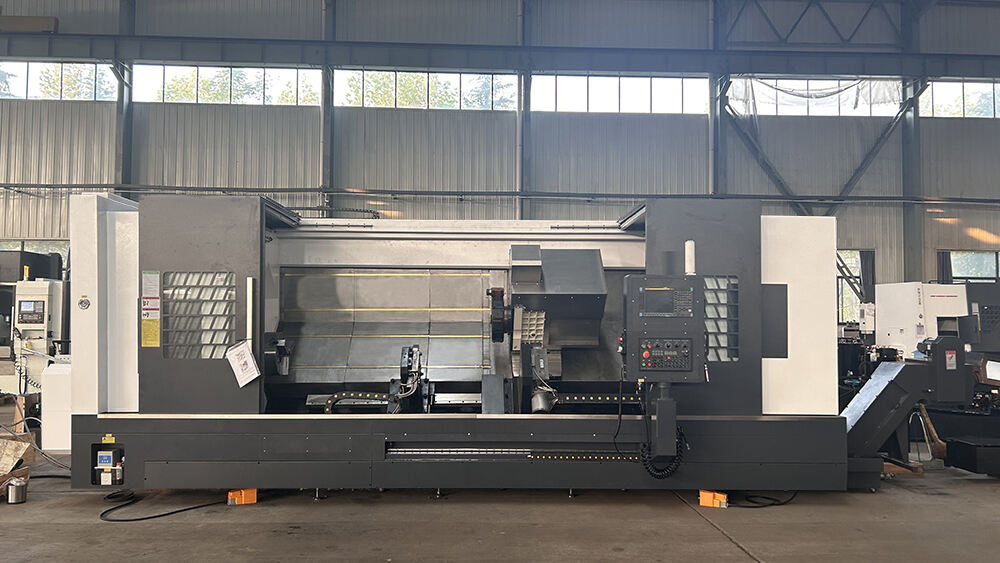Advantages of medium and large turning centers
Medium and large turning centers (also called CNC turning centers) have many advantages in modern manufacturing and are ideal for a variety of industrial applications. Here are the main advantages of medium and large turning centers:
These machines adopt high-end automation design, which can achieve high-precision and high-efficiency processing of complex parts, ensuring the accuracy and repeatability of each cutting. This high-precision and high-efficiency processing reduces the possibility of errors and greatly improves the production capacity and competitiveness of the manufacturing industry.
Turning centers can handle a variety of materials and sizes, from non-ferrous metals to alloys to certain types of plastics. Turning centers can also adapt to a variety of materials and are usually equipped with additional power turrets and spindles. In addition to turning, they can also perform a variety of complex processing tasks, such as facing, threading, milling, drilling, reaming, boring, knurling, etc. This multifunctional turning center can replace the functions of multiple traditional machine tools, greatly saving space and costs.

The medium and large turning centers adopt high-precision guide rails and lead screws to ensure fast response and smooth cutting during processing. The guide rails are in the form of sliding guides. The upper guide rails are quenched and the lower guide rails are made of PTFE wear-resistant materials. They have high positioning accuracy and are particularly suitable for processing large and heavy workpieces. Gravity is used to fix and maintain the position of the workpiece, enhancing the safety of workpiece clamping and processing stability.
Turning centers can ensure the consistency of production batches of machined workpieces. Through programming control, turning centers can repeatedly perform the same machining tasks, ensuring that each batch of parts has the same quality and specifications.

